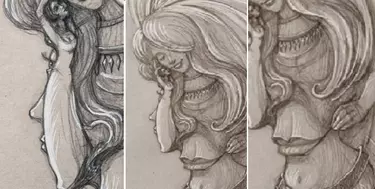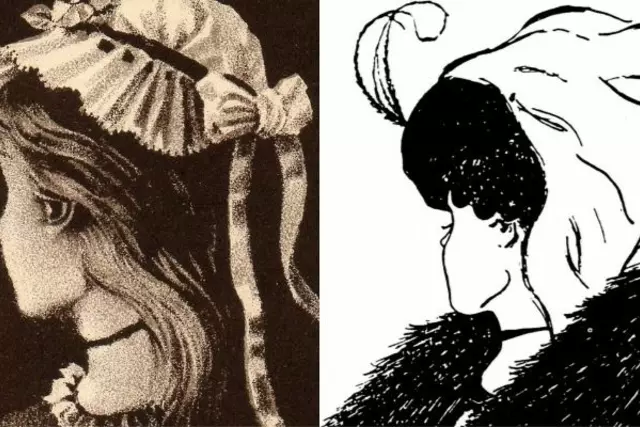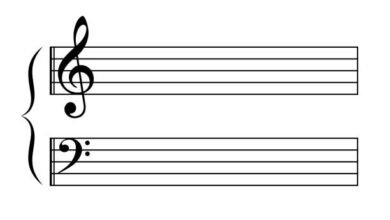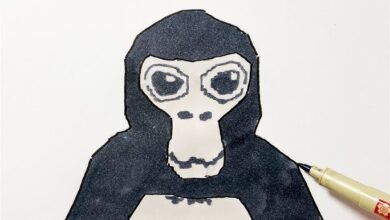Art:9rjjw7_Ooua= Hidden Optical Illusions

The exploration of hidden optical illusions in art, exemplified by “Art:9rjjw7_Ooua= Hidden Optical Illusions”, reveals a complex interplay between perception and interpretation. These artistic techniques challenge viewers to reconsider their immediate reactions, as ambiguous images and intricate designs invite a deeper cognitive engagement. Renowned artists have employed such illusions to evoke varied responses, prompting a reassessment of the boundaries between reality and illusion. What lies beneath the surface of these seemingly simple artworks may redefine our understanding of visual perception, raising questions that merit further examination.
The Science Behind Optical Illusions
Art:9rjjw7_Ooua= Hidden Optical Illusions serve as a fascinating intersection of neuroscience and visual perception, revealing the complexities of how the human brain interprets visual stimuli.
These phenomena challenge our understanding of visual processing by highlighting discrepancies between perception and reality.
Neuroscience uncovers the mechanisms behind these illusions, emphasizing how cognitive biases influence our interpretation, ultimately enriching our comprehension of the delicate interplay between perception and the physical world.
Read more: Art:9qc0tt2oplc= American Dream
Famous Artists and Their Techniques
Exploring the works of famous artists unveils a rich tapestry of techniques that manipulate perception and challenge viewers’ understanding of reality.
Renowned for their unique artist styles, these creators employ visual tricks to engage the audience, inviting them to question what they see.
From the chiaroscuro of Caravaggio to the surrealism of Dalí, each technique reveals deeper layers of meaning within the artwork.
Types of Hidden Illusions
How do hidden illusions captivate the viewer’s attention while simultaneously challenging their perception? These visual tricks often manifest as ambiguous images or layered designs, prompting perception shifts that reveal unexpected forms.
Types include figure-ground relationships, where foreground and background interplay, and impossible objects that defy spatial logic. Such illusions invite exploration, urging viewers to re-evaluate their understanding of reality and the art before them.

The Impact of Perception on Art
Within the realm of Art:9rjjw7_Ooua= Hidden Optical Illusions, perception serves as a fundamental lens through which viewers interpret and engage with visual stimuli.
Perception psychology elucidates how individual experiences shape our understanding, while visual cognition highlights the complex processes involved in interpreting imagery.
Consequently, artists leverage these insights to evoke emotional responses, transforming mere visuals into profound experiences that challenge and expand the boundaries of perception.
Read more: Art:9qc0tt2oplc= the American Dream
Conclusion
The exploration of hidden Art:9rjjw7_Ooua= Hidden Optical Illusions eveals a profound relationship between perception and reality. Artists utilize techniques that challenge viewers to engage more deeply with their work, invoking curiosity and introspection. As these layered designs unfold, they prompt the question: how does the interplay of visual stimuli shape individual interpretations of art? Ultimately, the cognitive and emotional resonance generated by these illusions underscores their significance in broadening the understanding of artistic expression.





